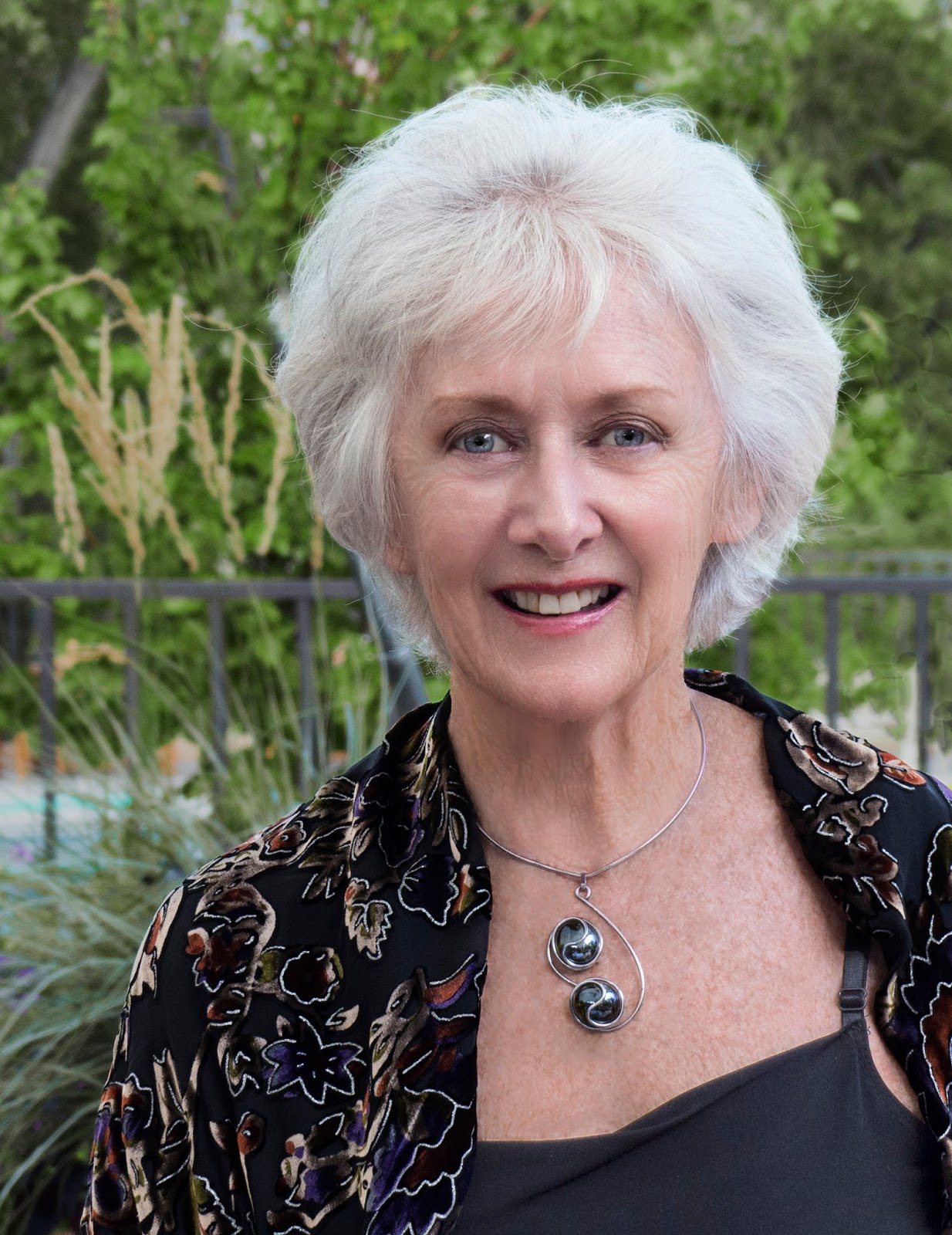 |
| The New Hollywood String Quartet, l-r: Tereza Stanislav (violin), Andrew Shulman (cello), Rafael Rishik (violin), and Robert Brophy (viola). |
New Hollywood String Quartet, South Bay Chamber Music Society, Pacific Unitarian Church, Rancho Palos Verdes
DAVID J BROWN
 |
| Mozart in 1782, the year he completed his String Quartet No. 14. |
And that, I hasten to add, is anything but an adverse criticism of the performance by the New Hollywood String Quartet (Tereza Stanislav and Rafael Rishik, violins; Robert Brophy, viola; Andrew Shulman, cello) that formed the first half of the SBCMS's October concert; this was a tough-minded and scrupulously detailed account of a work that eschews pictorialism and, as much as any other in his output, belies any view of Mozart as a purveyor of aural candy.
 |
| Haydn, c.1770. |
Before Haydn's Op. 20, string quartets tended to feature a soloistic first violin part supported by the other instruments, but here for the first time all four became independent equals; a decade later Op. 33 built on this achievement but in works that are often lighter in texture and tone than their predecessors. In his "Haydn" quartets Mozart took all of Haydn's "lessons" and ran with them, and K.387 is arguably the most intricately wrought of the lot.
 |
| Title-page of Mozart's String Quartets 14-19, with dedication to Haydn. |
Perhaps the most remarkable movement is the Menuetto, very long (in full sonata form) and with innovative rhythmic and dynamic dislocations that jolt the ear as much as they must tax the players: for example, all four in turn have to switch nimbly between piano and forte on the successive single notes of the up-and-down sliding chromatic scale that forms part of the first subject—the New Hollywood Quartet managed this without dropping a stitch.
A generous clutch of repeats added to the pleasure of this superb performance, including the expositions of both first movement and finale, and every single one in the Menuetto and its Trio—making the movement (usually the shortest in a Classical sonata) in this case the longest in duration. Only the very rarely observed second-half repeats of the first and last movements were omitted.
 |
| Antonio Lysy. |
Completed only a few weeks before his death at the age of 31 on November 19, 1828, it manages to be at once a valedictory vision from the very cliff-edge of mortality, a triumphant affirmation of creativity, and a heartfelt expression of the emotional heights and depths of human experience.
No one performance can encompass all that this astonishing work contains, but the New Hollywood Quartet, together with Antonio Lysy playing the crucial second cello part, did pretty well.
 |
| Schubert in 1827. |
Most telling of all, though, was the Allegretto finale, where the New Hollywood Quartet's scrupulousness revealed, in the dry acoustic of the Pacific Unitarian Church, all the complexities of inner detail that make the finale a truly worthy crown to this pinnacle of Schubert's achievement.
---ooo---
South Bay Chamber Music Society, Pacific Unitarian Church, Rancho Palos Verdes, 3pm, Sunday, October 24, 2021.
Images: New Hollywood String Quartet: Sam Muller; Haydn, Mozart, Schubert: Wikimedia Commons; Title-page: fjhaydn.com; Antonio Lysy: Connor Vance.
If you found this review to be useful, interesting, or informative, please feel free to Buy Me A Coffee!




































